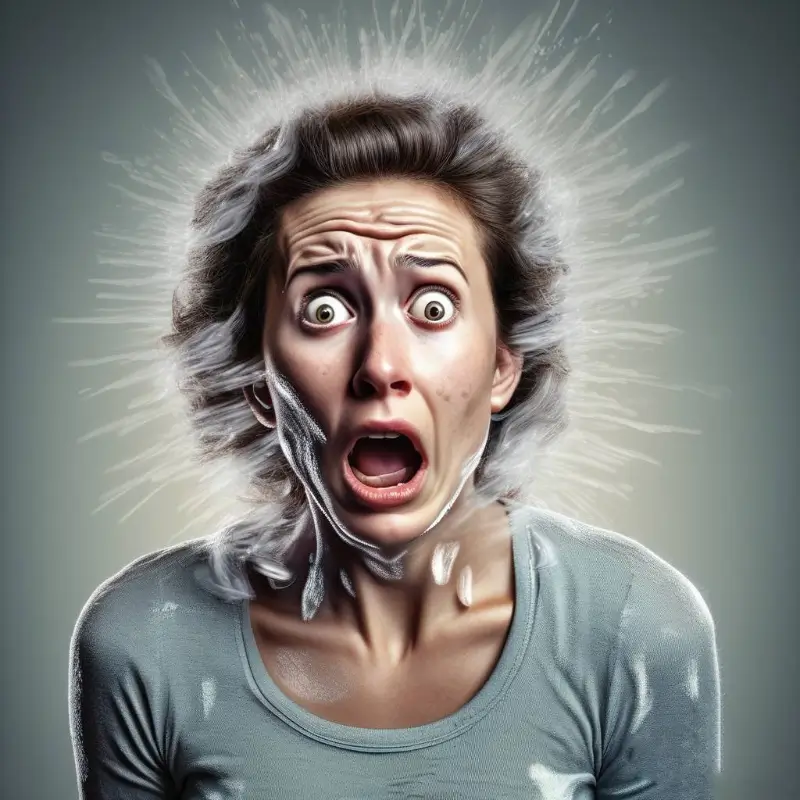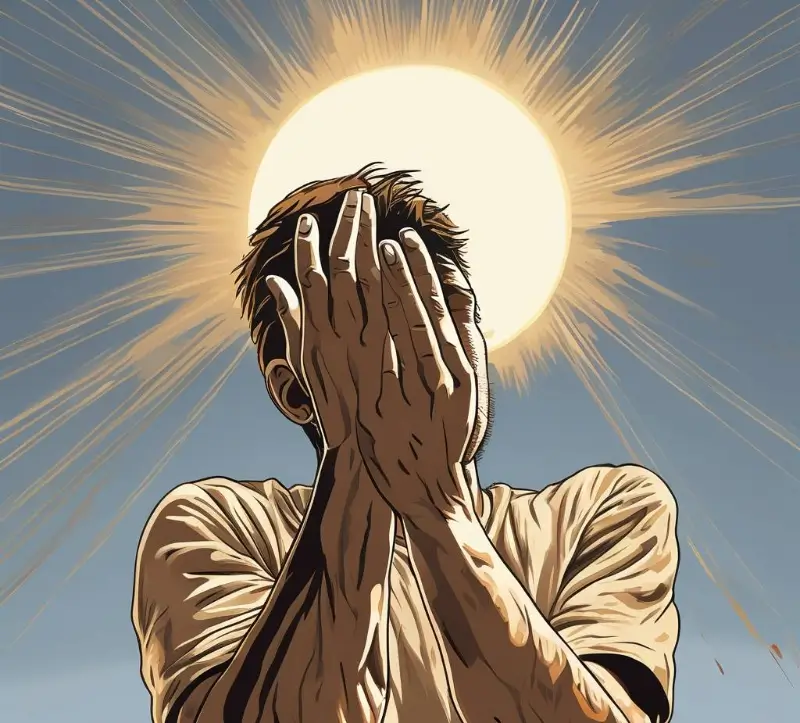why does human skin get goosebumps?
Goosebumps, also known as horripilation or piloerection, occur when tiny muscles at the base of hair follicles on your skin contract, causing the hairs to stand up. This involuntary response is primarily due to two reasons:
- Cold or Fear Response: Goosebumps can arise when you’re cold or feeling a strong emotion like fear, awe, or even excitement. In cold temperatures, the body tries to conserve heat by making the hairs stand on end, creating a layer of insulation (like the fur of an animal) which can help retain body heat. Similarly, in response to fear or strong emotions, this reflex may have evolved from our ancestors; animals often raise their hair to appear larger and more threatening to predators, though this doesn’t serve much practical purpose for modern humans.
- Physiological Reflex: The other instance where goosebumps can occur is during the ‘fight or flight’ response, which is a part of the body’s sympathetic nervous system activation. When faced with a perceived threat, the body prepares for action by diverting energy to essential functions. The nerves that control the contraction of these muscles (arrector pili muscles) are connected to the sympathetic nervous system, and they respond to emotional stimuli just as they do to changes in temperature.
In summary, while goosebumps were probably more functional for our evolutionary ancestors, today they largely serve as a vestigial response to cold temperatures and intense emotions.



